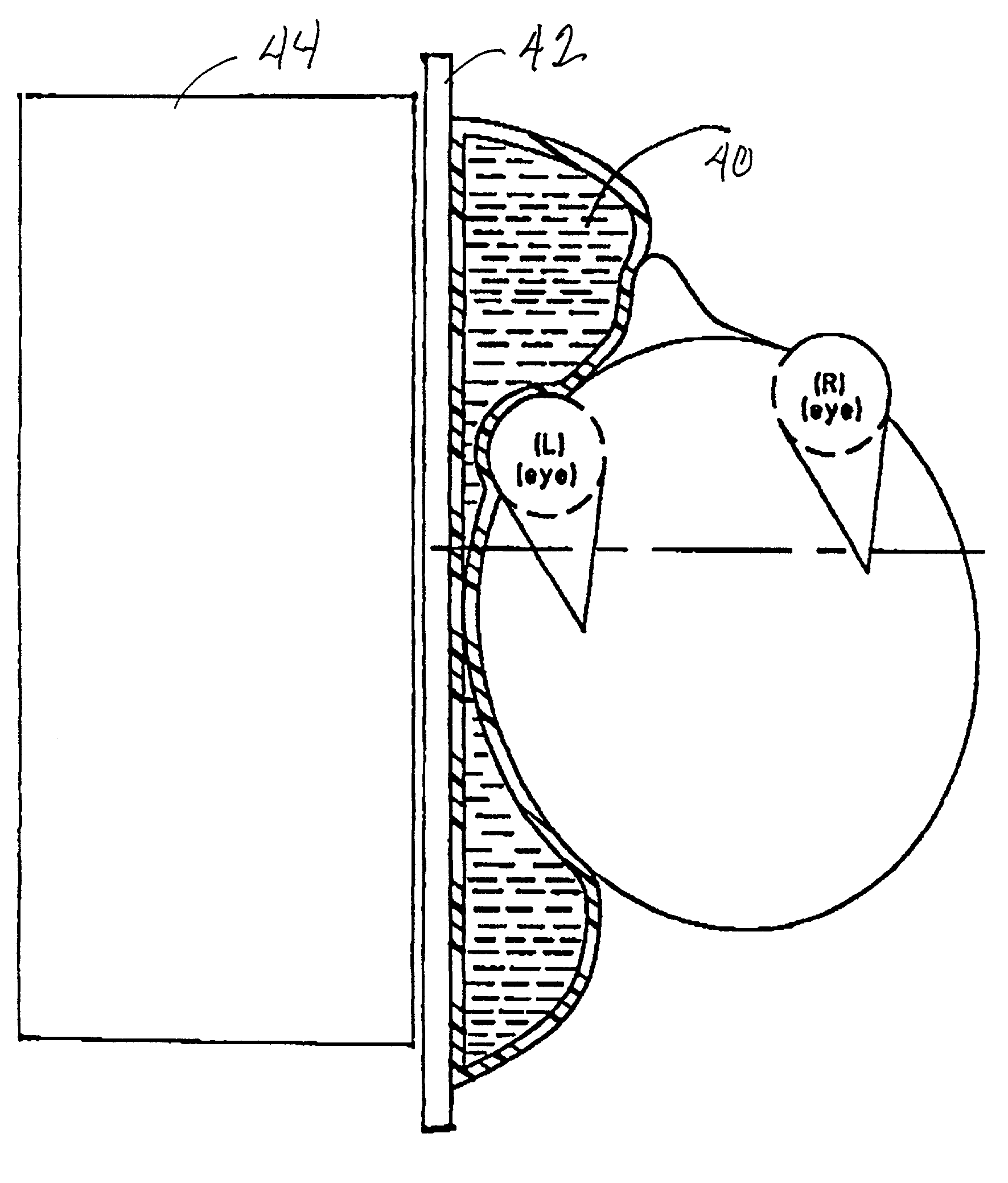Susceptometers for foreign body detection
a susceptometer and foreign body technology, applied in the field of magnetic susceptometers, can solve the problems of difficult measurement of such a small response, significant problem in achieving similar stability at room temperature, and insufficient absolute response of the magnetic field sample, so as to facilitate quality control in interpretation.
- Summary
- Abstract
- Description
- Claims
- Application Information
AI Technical Summary
Benefits of technology
Problems solved by technology
Method used
Image
Examples
Embodiment Construction
[0025]The features of several exemplary embodiments of the apparatus and methods of the present invention will now be described.
[0026]Exploiting symmetry in source-sensor unit configuration. One way to minimize the effects of thermal drifts in sensitive magnetic susceptibility measurements is to arrange the applied-field generating elements and magnetic sensors in a manner that (1) the signal due to the applied field is cancelled out and (2) the entire source-sensor unit is symmetrical, in such a way that the cancellation of the applied-field signal is preserved if the entire structure expands and contracts uniformly.
[0027]One example of this concept is shown in FIG. 1. In this preferred embodiment, the source-sensor unit 10 consists of an applied-field coil 12 and two identical sensor coils 14, co-axially wound on a single coil form 16, with the applied-field coil 12 centered between the two sensor coils 14. The sensor coils 14 are connected in series opposition to form a first-ord...
PUM
 Login to View More
Login to View More Abstract
Description
Claims
Application Information
 Login to View More
Login to View More - R&D
- Intellectual Property
- Life Sciences
- Materials
- Tech Scout
- Unparalleled Data Quality
- Higher Quality Content
- 60% Fewer Hallucinations
Browse by: Latest US Patents, China's latest patents, Technical Efficacy Thesaurus, Application Domain, Technology Topic, Popular Technical Reports.
© 2025 PatSnap. All rights reserved.Legal|Privacy policy|Modern Slavery Act Transparency Statement|Sitemap|About US| Contact US: help@patsnap.com



